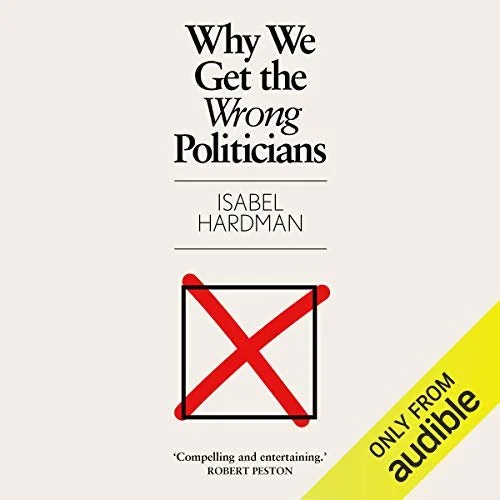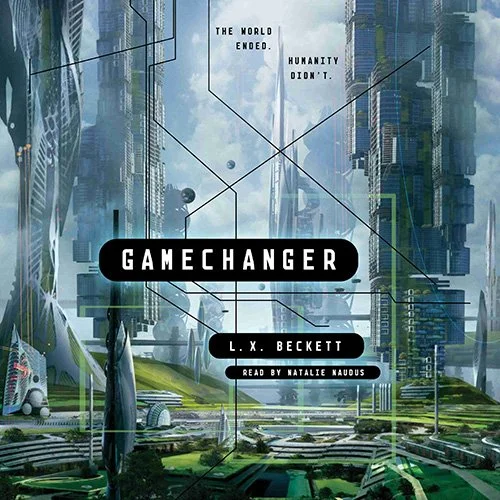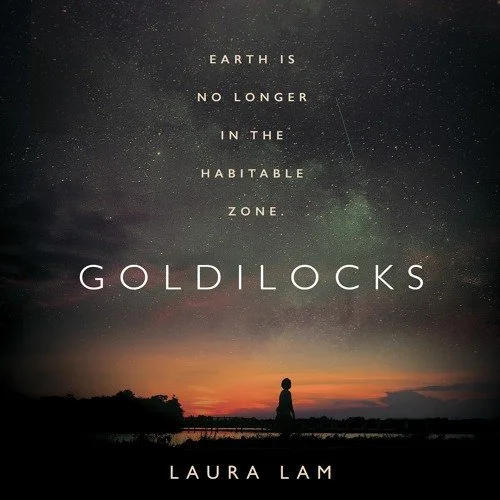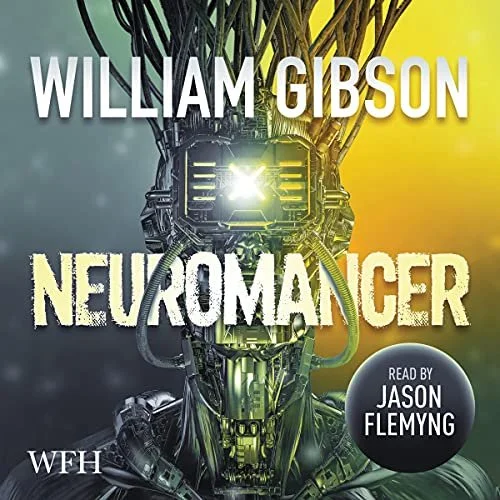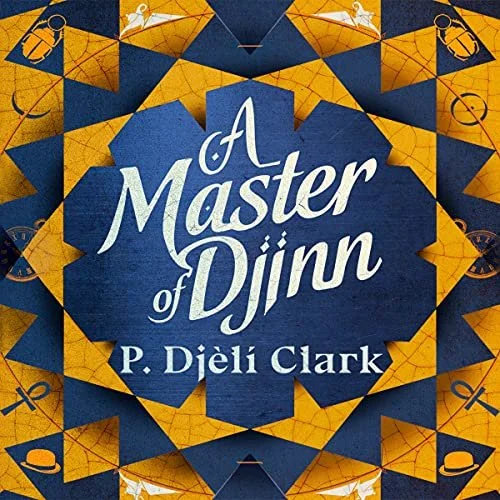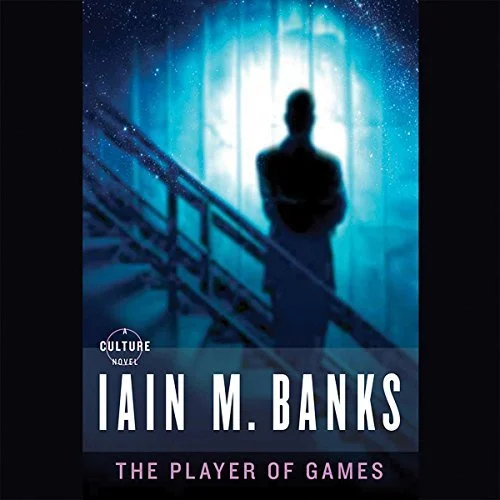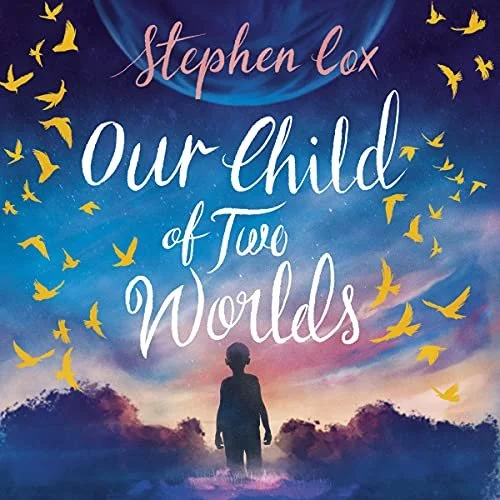The look of Warhammer 40,000: from medieval Salisbury to the grim darkness of the far future
When I used to play Warhammer 40,000, one thing I loved as much as the game itself was the design of the models. They were beautiful evocations of the game’s aesthetic, representing a dark and violent future. This was best summed up in the illustrations included in the rule book and the different faction’s codexes. Between pages filled with character statistics there would be a moody tableau of scenes from Warhammer history rendered in ink as beautiful as a woodcut by Albrecht Dürer.
Theses picture were possessed by a morbid gloominess that made them slightly scary. The bodies they depicted were adjacent to reality. Space Marines had an intricate dieselpunk design that were baffling in their apparent needless complexity. There were monstrous Orks or twisted chaos figures, sick parodies of their Space Marine opposites. I could stare for hours at these science fiction nightmares.
Years later I discovered that these images were heavily influenced by the neo-Gothic art style, sometimes called the Gothic Revival. In Britain this style was popular during the reign of Queen Victoria, specifically in the 1850s and 1860s. Although the neo-Gothic touched literature and other art forms, its best remembered for the architecture movement that produced stunning achievements of Victorian design such as The Palace of Westminster and Strawberry Hill House.
The neo-Gothic emphasises an exaggerated, slightly mythologised version of medieval Gothic buildings such as Salisbury Cathedral. Design features include sprites, gargoyles, ornamentation of every kind and a Victorian enthusiasm for unselfconsciously piling more on top of more. For me these buildings represent a link between the present and British history as they are relatively recent (compared to medieval castles) but are older than my grandparents, the oldest people I have ever known.
The reason that the neo-Gothic images of Warhammer 40k appealed to me is that they were very different to every other vision of the future I had seen through science fiction. Most sci-fi futures appear to have been designed by Apple. Their aesthetic is sleek, minimalist and modernist. The smooth surfaces and dramatic curves of the Starship Enterprise epitomise the modernist view of a perfectly engineered future. To paraphrase the great modernist architect, Le Corbusier: “a spaceship is a machine for living in”.
Warhammer 40k pays no such homage to the optimistic science fiction of the 1960s or sleek modernism of the 1930s. It looks instead to the Victorians with their morbid obsession and industrial vigor to paint a picture of a future that is pessimistic and bloody.
Having a style that consciously evokes a period in the past, rather than a contemporary view of the future, prevents Warhammer 40k’s vision of the future from dating. The complete dominance of modernist design elements in Stanley Kubrick’s 2001: A Space Odyssey looks as dated as the idea that we would live on the moon at the turn of the millennium. The design of Warhammer 40k remains immune from ageing.
As time went by, I discovered that there were other alternatives to the perfectly engineered modernist science fiction, such as cyberpunk with its gloomy, rain-soaked, film noir aesthetic. This is best summed up by Blade Runner, a film I loved from the moment I saw it, but is also summed up by games such as Cyberpunk 2077 or the superb anime Ghost in the Shell.
Other visions of the future include Mad Max’s post-apocalyptic hellscape, which I find frightening as they show humans uninhibited by any laws created by states or social norms. As Cambridge economist Ha-Joon Chang has said, Max Max is the perfect neo-liberal society, one where individuals and markets have complete freedom, and it is disturbing.
Warhammer 40k’s use of the neo-Gothic also inspired fear of the constant presence of violence in me. The aesthetic of a society that was pious and fearful of death, perfectly suits a future human society that is consumed by constant war. A future where humanity is beset by terrifying aliens like the Tyranids or frightening creatures from beyond space and sanity, such as the Chaos Demons. The Warhammer 40k universe is scary to look at because it's scary to live in.
Battlefleet Gothic was perhaps the best incarnation of this aesthetic. The ships were salutes to Victorian cathedrals complete with spires and flying buttresses. It looks as if the great age of steam had taken off into space to fire broadside cannons the size of houses the horrors that descend on humanity from the stars. It specifically reminds me of the neo-Gothic cathedral at Cologne; a huge black form, covered in buttresses, gargoyles and spires that was once the tallest building in the world.
The popularity of the neo-Gothic aesthetic of Warhammer 40k is surprising because of how unpopular it was in Britain for many years. Today we treasure buildings such as the Palace of Westminster, our national symbol, and curse the short-sightedness that wanted to turn St Pancras station into a concrete cube like Euston. However, throughout most of the 20th century, the neo-Gothic was hated for being gaudy, ugly, monstrous in proportions and symbolic of the self-righteous piety that tolerated enormous poverty and squalor.
Buildings such as The Cookridge Street Baths in Leeds were torn down, sometimes to make way for modernist buildings that were hated in their own turn. When a bomb fell on the Palace of Westminster during the Blitz, allegedly one of the people who scrambled to extinguish the flames shouted: “Save the [Medieval Westminster] Hall but left the gothic monstrosity burn.”
Now we have reverence for the neo-Gothic, which should offer a warning from history about how we treat other much-maligned architectural styles such as Brutalism. Brutalism has been hated for the same reasons as the neo-Gothic; considered monstrous in proportions, ugly and in poor taste. Brutalism reminds me of a different science fiction vision of the future, that of early 1970s Dr Who adventures such as Frontier In Space, which was partly filmed on the Brutalist Heywood Gallery in London.
I believe that Brutalism is disliked because of its association with post-war council housing schemes, which were left underfunded to decay into sink estates. Building such as Trelick Tower in Kensal Green, the notorious Tower of Terror, or Robin Hood Gardens in Poplar became synonymous with the failures of postwar housing. They became a synonym for high crime, poor education, drug addiction, unemployment, teenage pregnancy and a whole host of other stereotypes about the poor.
Brutalism painted a vision of the future associated that I associate with the optimism of the post-war consensus. When we see Brutalist buildings in the science fiction of the 1950s and 1960s, it reminds us of the hopes of those periods. Hopes that were destroyed when that consensus was dismantled in the 1980s.
The neo-Gothic was hated because of the perceived hypocrisy of the Victorians with their strong Christian morality that still tolerated squalor, child poverty and the workhouses. Brutalism has also been hated due to the perceived hypocrisy of postwar council housing that sought to provide modern homes for the poor that quickly became poverty traps. During the 1980s, when there was a backlash against postwar state intervention, people turned on Brutalism and the estates that bore that aesthetic. Ironically this was when people began to embrace the neo-Gothic as beautiful.
A generation that came of age in the 1980s rehabilitated the neo-Gothic, which is evidenced by its use in Warhammer 40ks. Now my generation is seeking to rehabilitate Brutalism and the estates made in this style. I appreciate the ambition of Brutalism, just as I appreciate the ambition of the neo-Gothic. In the future, we may find these buildings to be beautiful and consider the razing of The Tricorn Centre in Portsmouth as the destruction of our cultural heritage, just as we do for the leveling of Euston Station’s Doric Arch.
It was through playing Warhammer 40k that I came to appreciate the neo-Gothic and the feelings that it invoked. Appreciating the neo-Gothic opened my minds to appreciating other controversial architecture styles such as Brutalism. Warhammer 40k added to my understanding of architectural history because it spiked my interest by being different to everything else that I had come to understand as science fiction. This deep appreciation all came from those dark, ink drawings found in Warhammer 40k rulebooks.










